You don’t need a soothsayer to inform you that the future is multichain. A multichain future also means that assets (fungible and non-fungible) should exist on multiple chains for easier accessibility.
Axelar is one of the leading interoperability projects in all of web3. The project supports interoperability between EVM and IBC chains for over 50 blockchains and easy-to-use tools for creating and transferring assets.
Understanding Interchain Tokens
Interchain tokens are tokens designed to move seamlessly across different blockchains. They solve the limitations and tradeoffs with bridging by ensuring true fungibility while preserving functionality.
Interchain tokens improve liquidity by combining resources from different chains for deeper markets to serve more participants. Many projects use interchain token systems, especially EVM projects that serve multiple blockchains and stable coins like USDC and USDT, which are available on almost every blockchain.
An excellent interchain token service provides easy deployment and maintenance across supported chains. They’re usually interoperability projects allowing you to develop interchain applications.
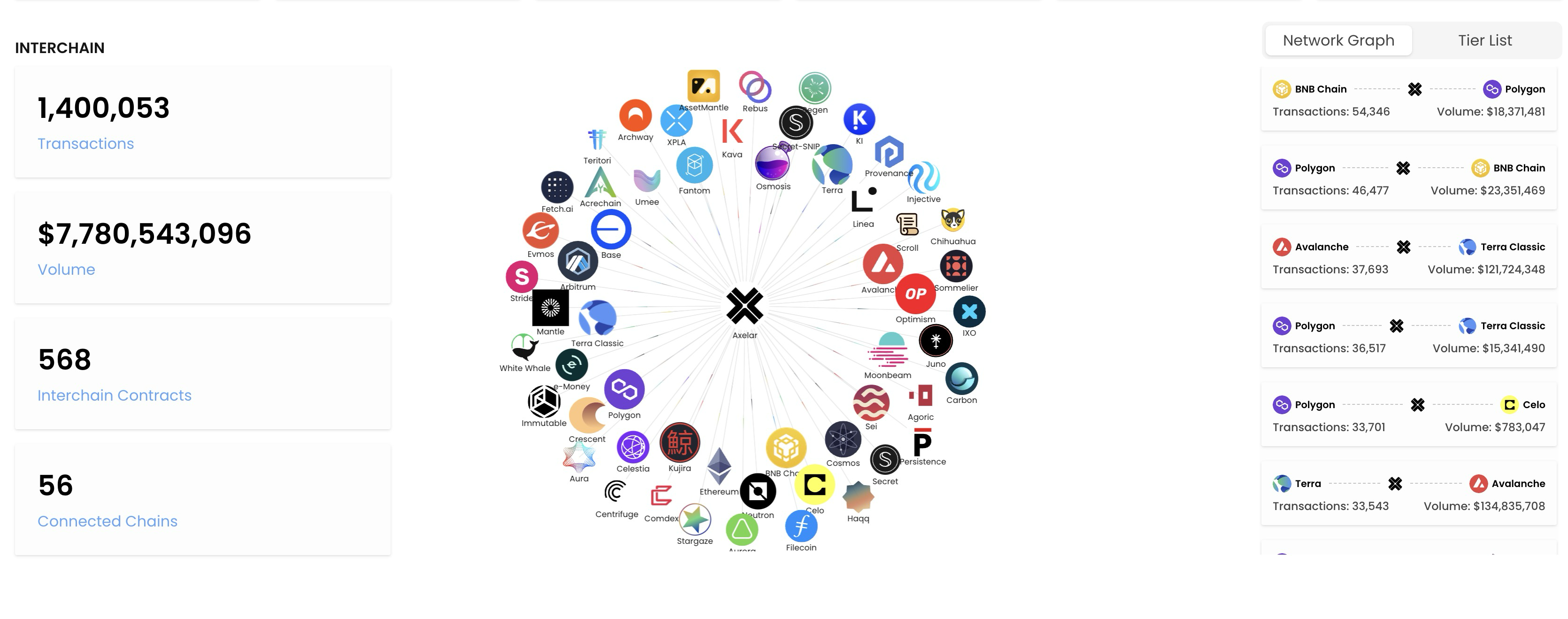
Axelar’s Interchain token service provides a no-code portal for easy deployment and maintenance across EVM chains with full fungibility compared to bridged tokens that aren’t a fungible cross chain nor preserve custom functionality.
How to Mint an Interchain Token on Axelar’s ITS
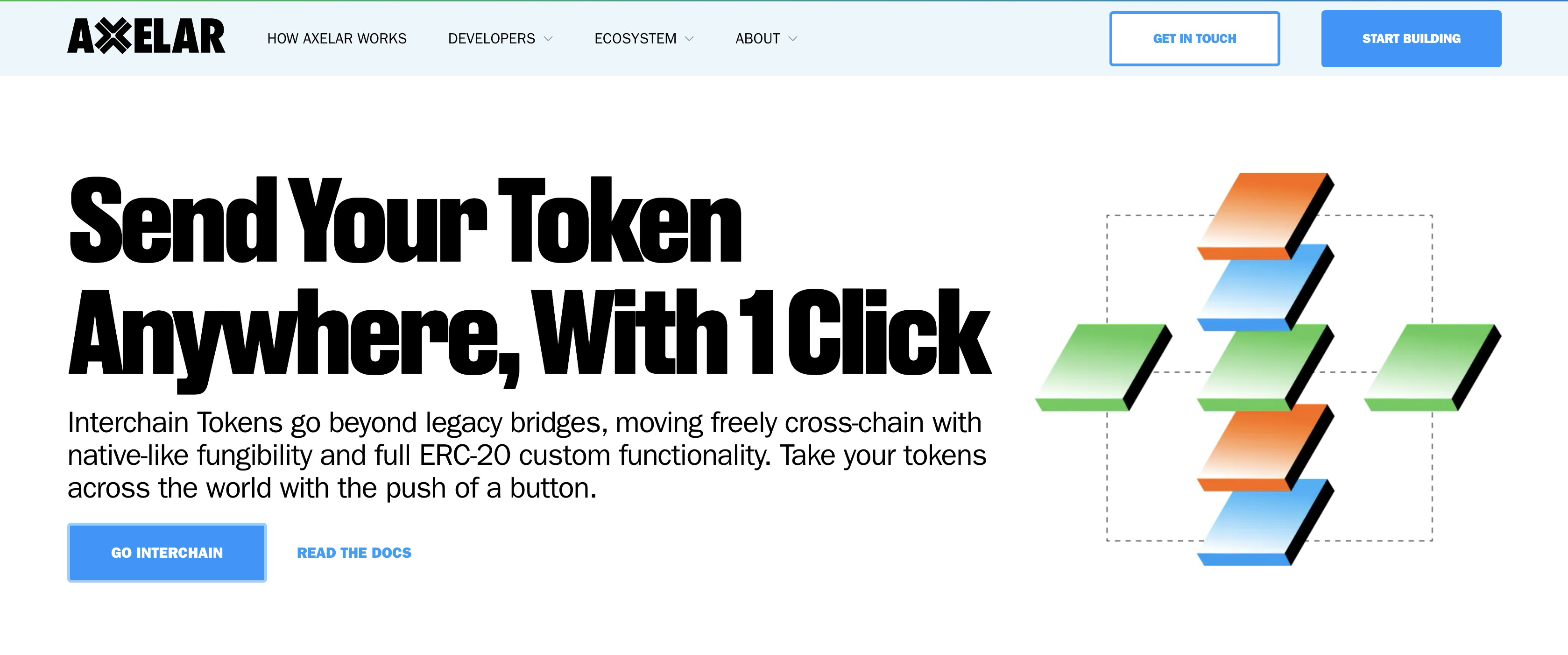
Minting an interchain token with Axelar service is easy.
First, head on to the mainnet or testnet page of the Axelar interchain token service website and connect your wallet:
Axelar affords you the luxury of taking existing tokens interchain or deploying new interchain tokens for your project. Select the option that suits your project!

For this tutorial, we will deploy a multichain token on Testnet via Ethereum Sepolia testnet.
When you select “Deploy a new Interchain Token”, enter the token details and head to the next step (token settings).
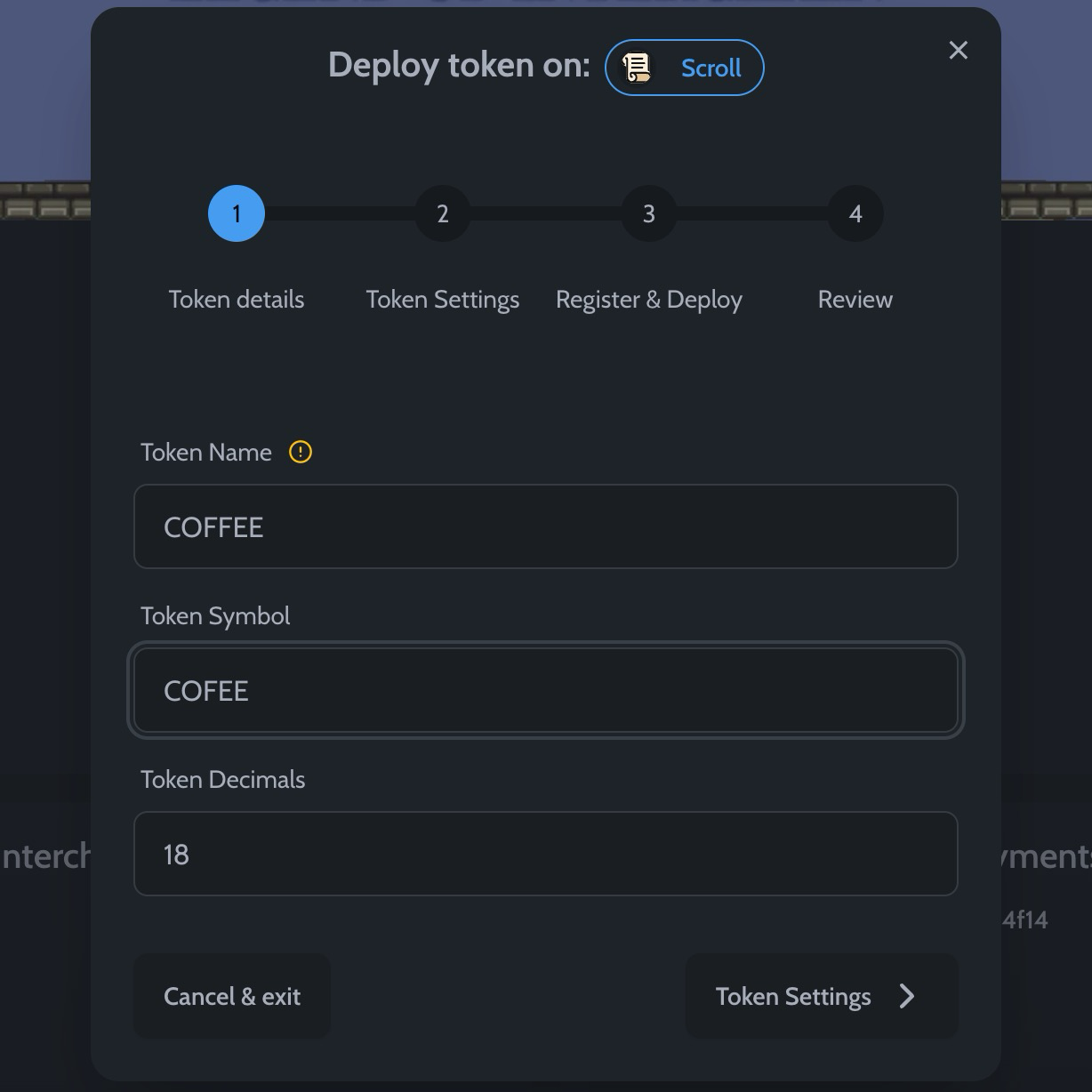
Next, toggle the token’s mintability and fill in the other options like total supply and Salt.

Next, toggle the additional chains you want to deploy your token:
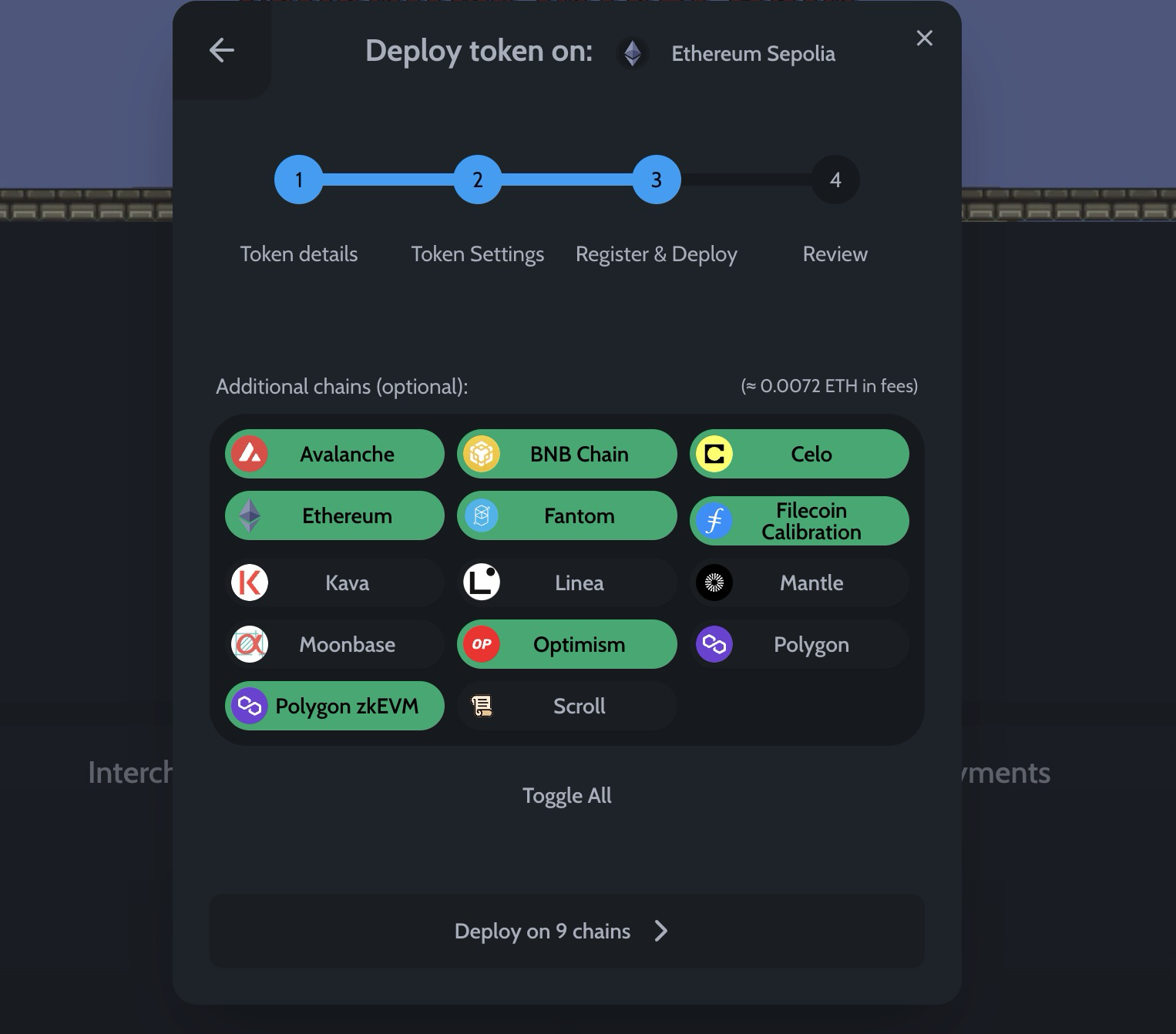
Finally, Click on the “Deploy on X chains” button and sign the transaction on your wallet:
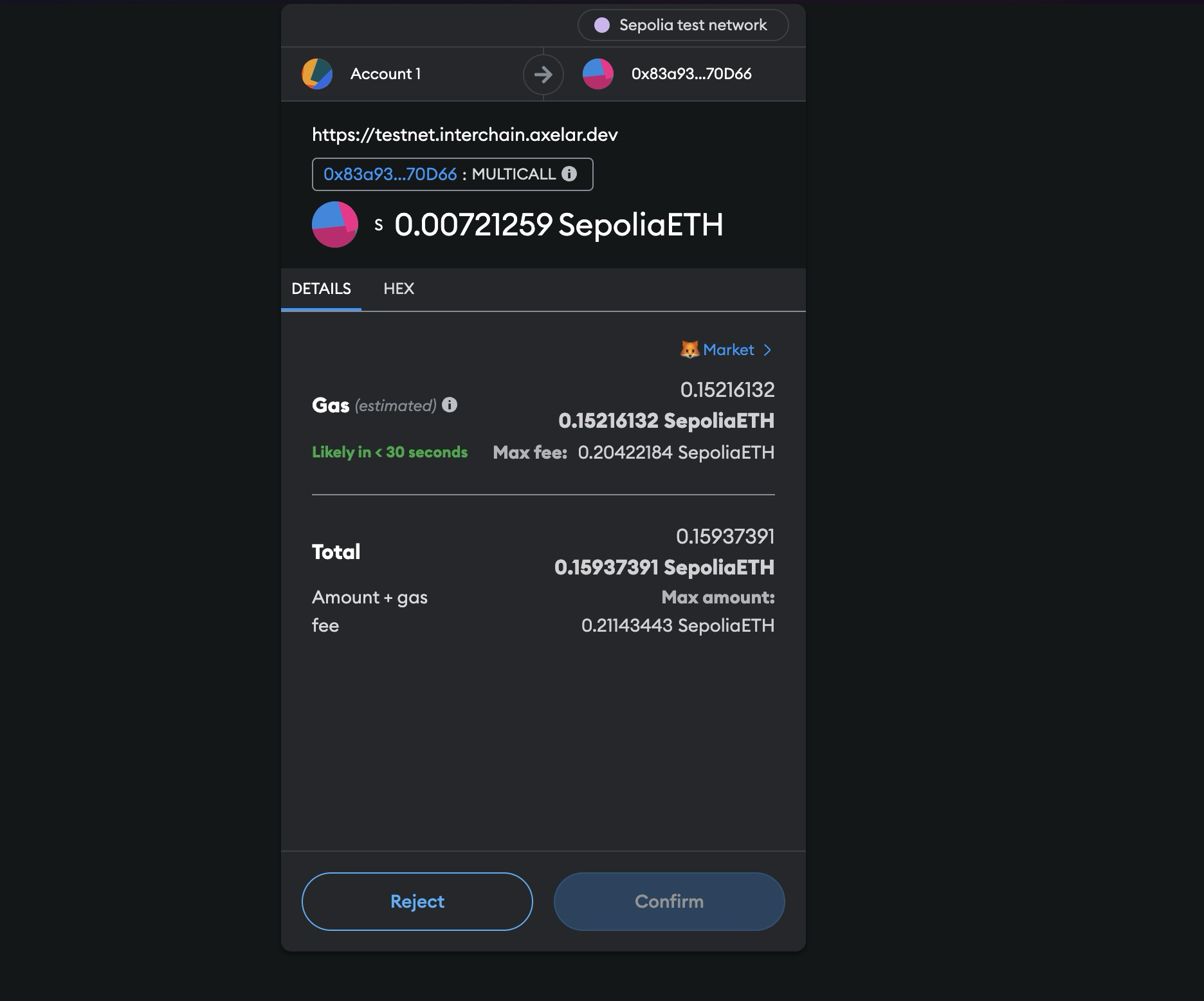
Congratulations, you’ve successfully deployed an interchain token on multiple without the hassles of writing smart contracts powered by Axelar!
You can view recent transactions and the status of your interchain tokens with the links at the top of the page:
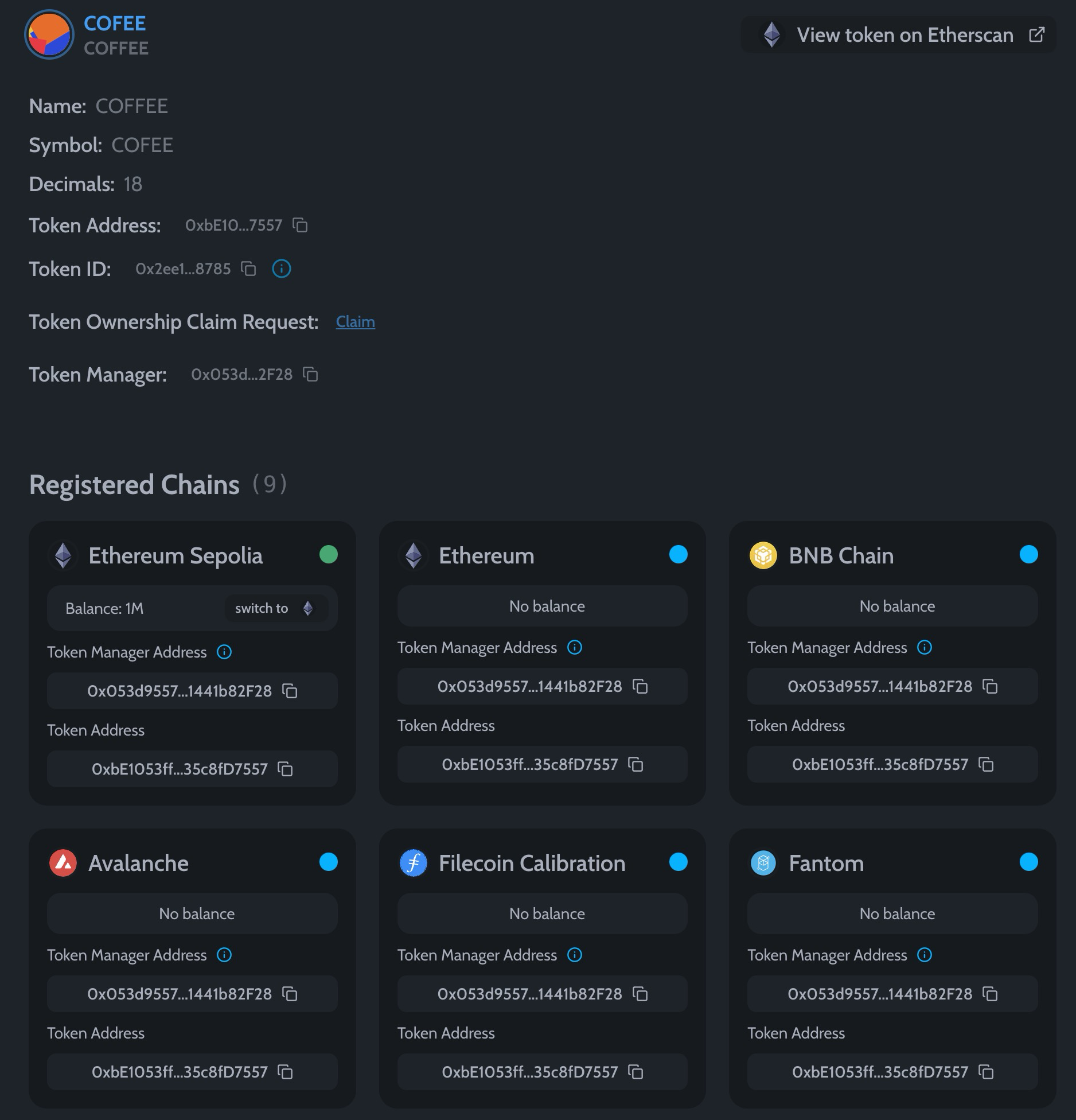
You can also search your interchain token by contract address on Axelarscan Blockchain Explorer to view in-depth details about your interchain token.
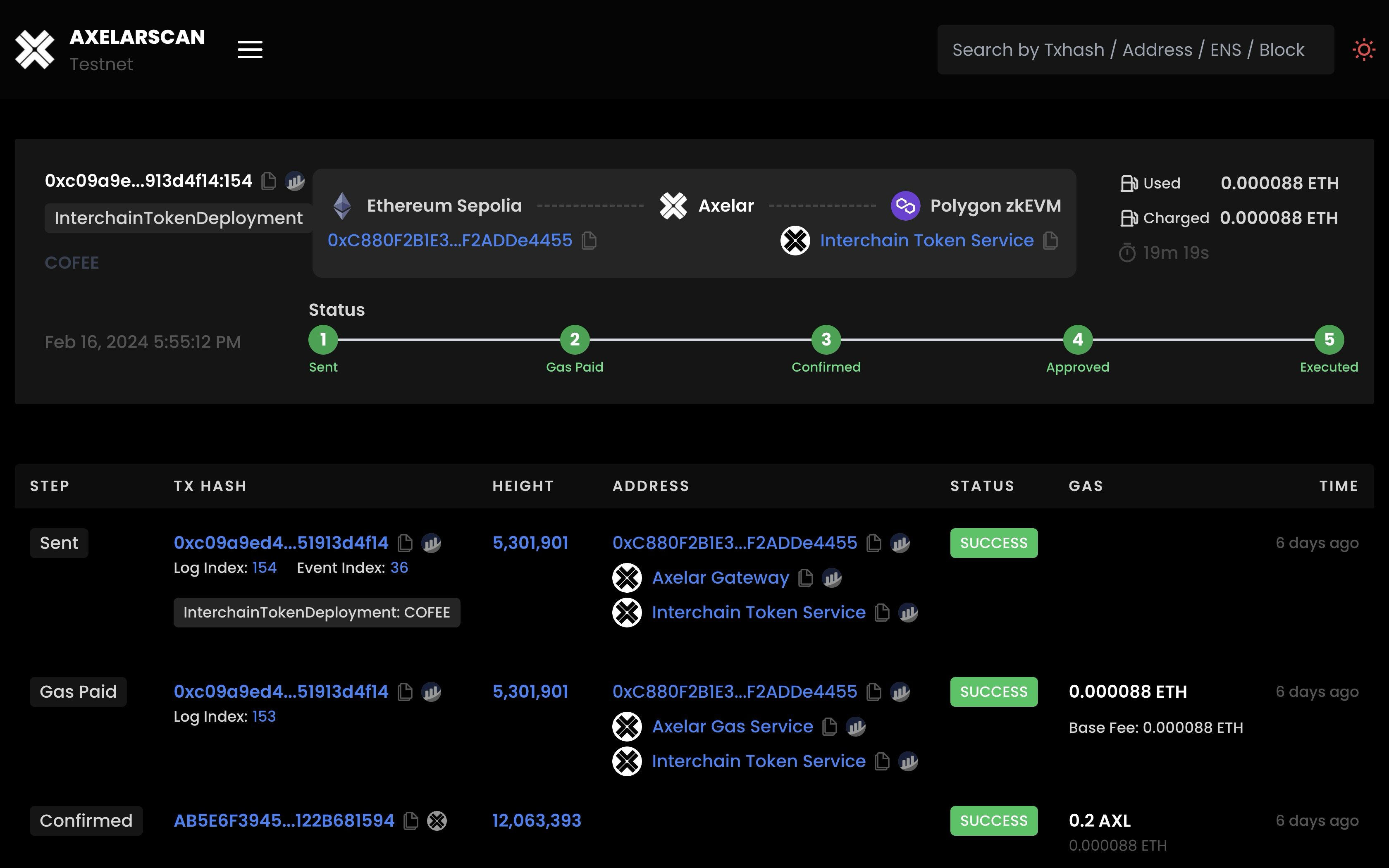
Axelar’s ITS vs LayerZero’s OFTs
Axelar's Interchain Token Standard (ITS) and LayerZero's Omnichain Fungible Tokens (OFTs) facilitate cross-chain token transfers to enable liquidity across the supported blockchain ecosystem through smart contract-based mechanisms.
However, some notably significant differences lead to the conclusion that Axelar’s ITS is the preferable standard for interchain tokens.
Here’s a comparison table that highlights the differences between the ITS and OFT standards.
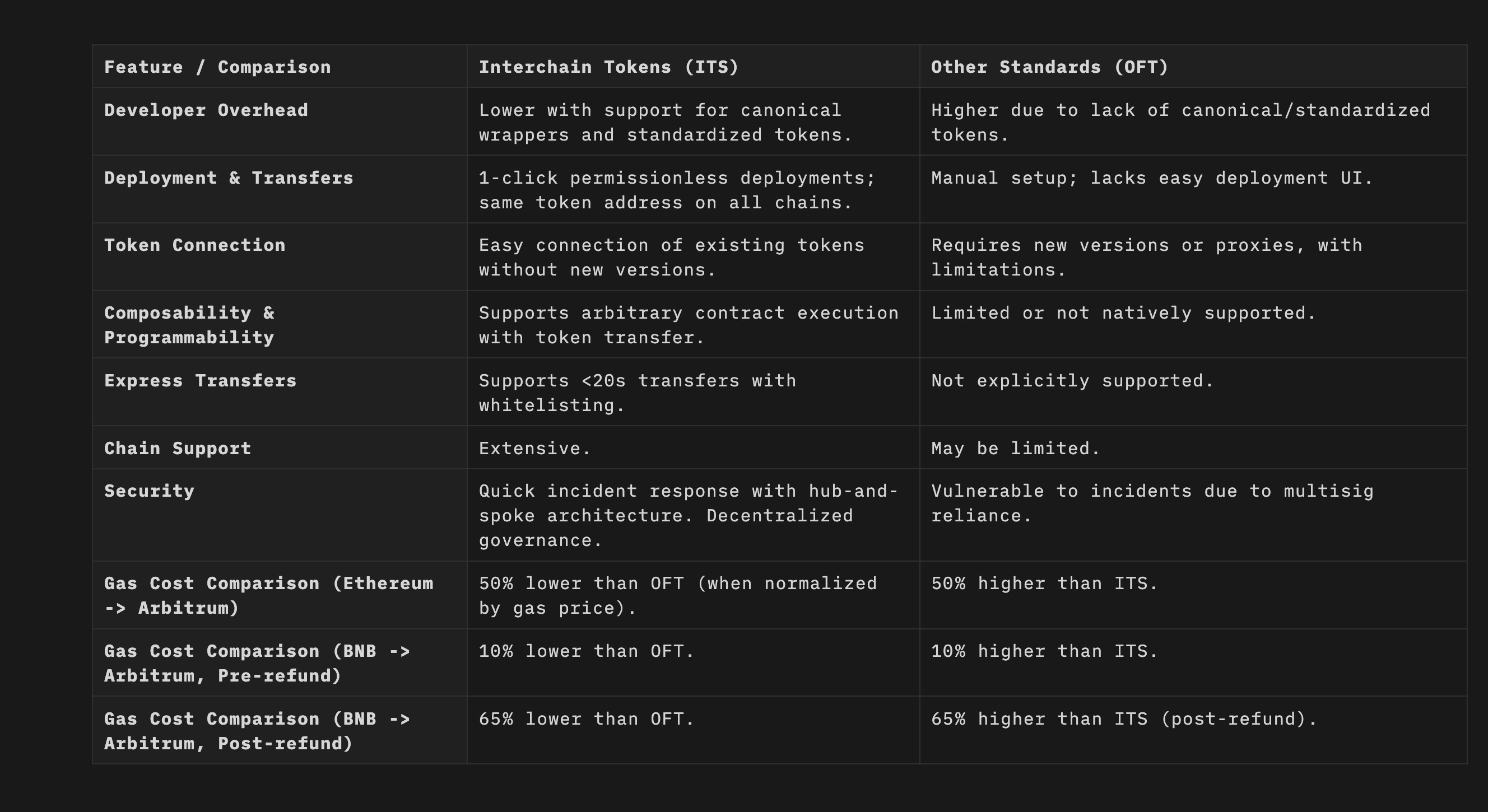
This table provides a holistic view of the advantages of Interchain Tokens (ITS) over other standards, such as OFT, highlighting lower developer overhead, ease of deployment and token management, superior composability, and significant gas cost efficiencies.
Conclusion
You’ve learned about interchain tokens, Axelar’s approach to interchain token minting, how you can mint your interchain tokens in the no-code fashion, and the difference between Axelar’s Interchain Token Standard (ITS) and LayerZeros’s Omnichain Fungible Tokens (OFTs).
Axelar’s interchain token service empowers anyone to create and manage their tokens across chains, and this would be useful for quickly creating new token economies, fundraising, etc.